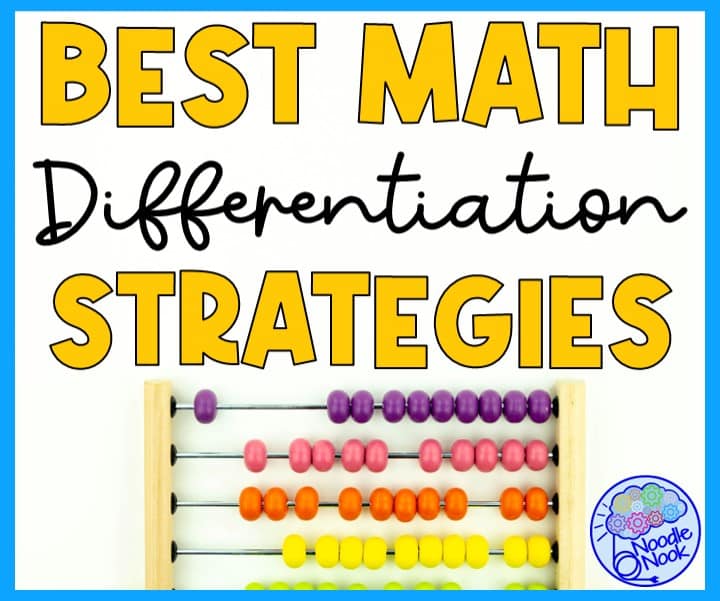5 BEST Math Differentiation Strategies (for Special Ed)
Teaching math can feel like trying to solve a Rubik’s cube blindfolded and with one hand tied behind your back. But don’t worry, we’ve got you! In this post, we’re going to share some of the best math differentiation strategies that will have your special education students understanding math like a boss. So grab a cup of coffee (or wine, no judgment here) and get ready to take your special education instruction to the next level with these 5 best math differentiation strategies plus tons of bonus tips!










